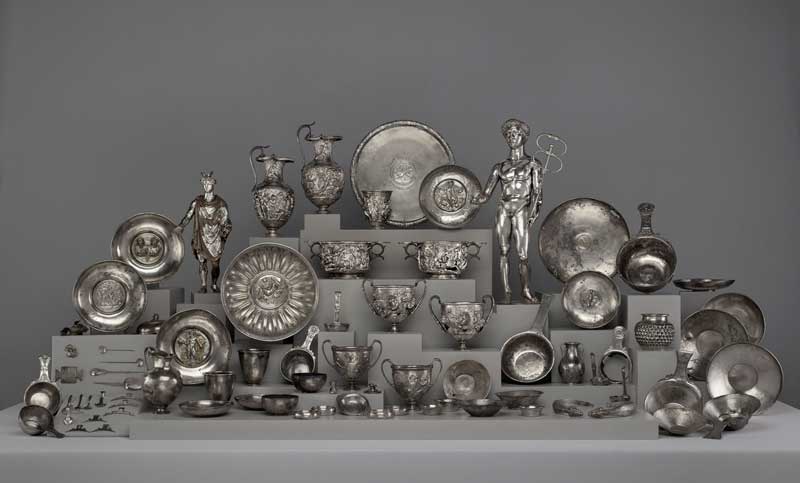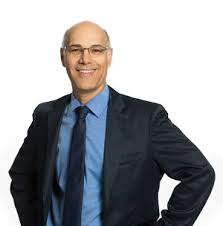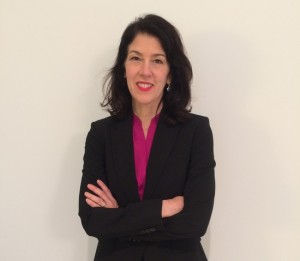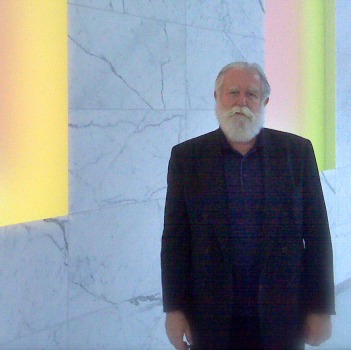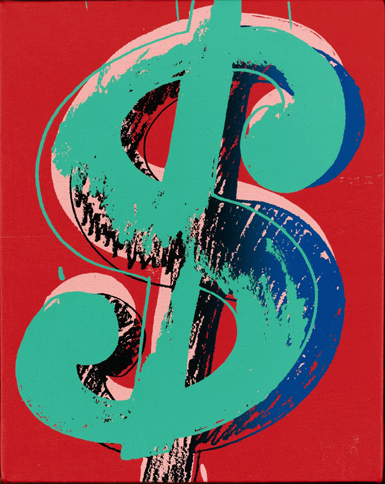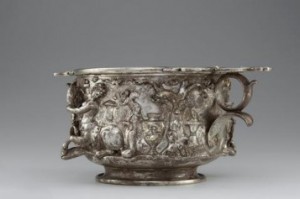 Imagine being a French farmer, plowing your field near a village named Berthouville in rural Normandy; it’s 1830. And you hit something, stop and discover the first items in a trove that grew to 90 silver and gilt-silver statuettes and vessels dating to the 3rd century and before.
Imagine being a French farmer, plowing your field near a village named Berthouville in rural Normandy; it’s 1830. And you hit something, stop and discover the first items in a trove that grew to 90 silver and gilt-silver statuettes and vessels dating to the 3rd century and before.
It happened, and now, after four years of conservation work at the Getty Museum, they went on view today at the Getty Villa. Known as the Berthouville Treasure, they appear to be an ancient offering to the Gallo-Roman god Mercury, the museum says. It’s the first time that the hoard, which is owned by the Department of Coins, Medals and Antiques at the Bibliothèque Nationale de France, has been displayed in its entirety outside of Paris. The Getty has thrown in some “precious gems, jewelry, and other Roman luxury objects from the Cabinet’s royal collections” to heighten the appeal of the hoard.
But for those who have already had a peek–and I know a couple of them, though they wish to remain anonymous–the Berthouville Treasure is quite fabulous (see right here, below)
The Biblioteque Nationale bought the hoard for 15,000 francs, likely thwarting local plans to melt down the silver pieces. Instead, there were two additional excavations at the site, in 1861 and in 1896.
There’s a marvelous story in Fall 2014 issue of The Getty, the Getty Trust’s magazine. It tells how the pieces arrived at the Getty “dusty, grimy, darkened from tarnish, and the surfaces were mottled,” according to Eduardo Sanchez, a conservator at the museum. “We could tell different hands had done the restorations, and many of the inscriptions we later found were not yet visible.” The museum’s conservators worked with scientists from the Getty Conservation Institute.
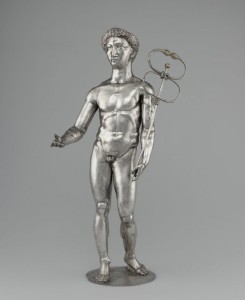 Unfortunately, you will have to ask the Getty for a copy of the magazine, because it’s not online (should be!). Instead, I will have to link to the exhibition press release, which doesn’t have the details of the conservation work. And I will link to a few posts on the Getty Iris blog over the last few years, while work was being done on the Berthouville Treasure.
Unfortunately, you will have to ask the Getty for a copy of the magazine, because it’s not online (should be!). Instead, I will have to link to the exhibition press release, which doesn’t have the details of the conservation work. And I will link to a few posts on the Getty Iris blog over the last few years, while work was being done on the Berthouville Treasure.
Here’s the “welcome” in 2011; a post about “the search” in 2012; and, also in 2012, more about the conservation. All of them have pictures, though not the ones I show here–of the hoard, of one cup (of a pair) and of Mercury.
I think it’s very interesting that France sent these treasure objects to the Getty for conservation–so hats off to the Getty on that. And on showing them to us: the Treasure will stay art the Getty until next August. So I may see it yet, in the flesh.
Photo Credits: Courtesy of the Getty

